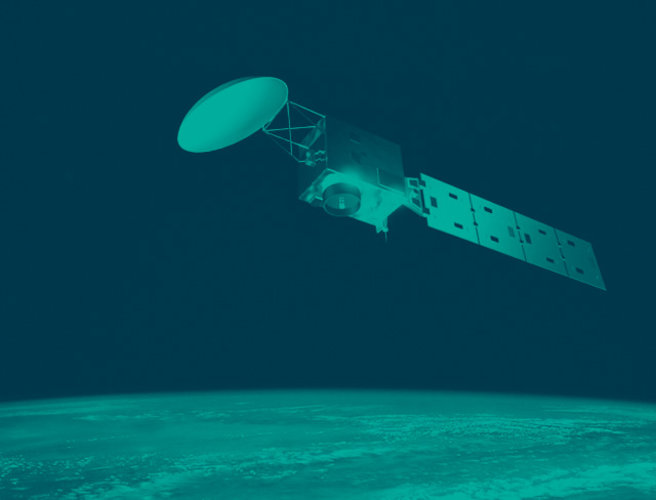Clouds and aerosols in the climate system
The state of our climate depends on a highly complex system involving intricate feedback loops and interactions between various components. It encompasses the processes that control the distribution of energy from the Sun across Earth's surface and the subsequent redistribution of heat through various mechanisms. Understanding these interactions and mechanisms is essential for assessing the impact of human activity, predicting future climate trends and implementing effective strategies for climate mitigation and adaptation.
While scientists know that clouds and aerosols play extremely important roles in both cooling and warming our atmosphere, there remains uncertainty when it comes to accounting for the exact influence they have on Earth’s energy balance and, given the ongoing climate crisis, if they will exert an overall cooling or warming effect in the future.

Clouds are visible masses of minute water droplets or ice crystals suspended in the atmosphere.
They come in various shapes and sizes and are found at different altitudes – ranging from wispy cirrus clouds high in the sky to dense cumulonimbus clouds associated with thunderstorms, to clouds that extend from close to the ground to high in the atmosphere, to shallow marine clouds.
They play a crucial role in Earth's climate system by reflecting sunlight back into space, known as the albedo effect, and by trapping heat radiating from Earth's surface, part of the greenhouse effect.
However, it’s complicated. For example, high, thin clouds tend to warm the atmosphere because a high proportion of energy from the Sun can pass through and they are also efficient at trapping heat radiating from Earth’s surface. Low, thick clouds on the other hand, tend to have a cooling effect as they reflect a high proportion of the incoming sunlight back out to space.
Today, clouds have an overall cooling effect, but this cooling could become less pronounced in the future further contributing a warming climate. Land-use changes, such as deforestation, can indirectly influence cloud formation and precipitation patterns, further complicating our ability to predict their future influence.

Aerosols are tiny solid or liquid particles suspended in Earth's atmosphere. These particles can vary in colour, size, composition and origin. They include dust, pollen, sea salt, volcanic ash, industrial pollutants, combustion, and other natural and anthropogenic materials.
Aerosols play a significant role in Earth's climate system, both ‘directly’ by reflecting and absorbing incoming solar radiation and trapping outgoing radiation, and ‘indirectly’ as they act as nuclei for cloud formation – which is how they influence our climate the most.
Human activities, including industrial processes, transportation, and agriculture, have significantly altered atmospheric aerosol concentrations.
The release of pollutants like sulphur dioxide and black carbon has led to increased aerosols in certain regions, impacting regional climate patterns. On the other hand, with ongoing efforts to reduce pollutants entering the atmosphere, the skies may be clearer, allowing more solar radiation to reach Earth’s surface and thereby changing cloud patterns, which would reduce their overall cooling effect.

Understanding the feedback loops involving clouds and aerosols is vital for assessing Earth’s energy balance and accurate climate predictions. Their roles in regulating the energy balance, influencing regional climate patterns, and driving feedback mechanisms underscore their importance in climate science.
ESA’s EarthCARE mission was designed to deliver a wealth of data that will further our understanding of this important area of science.















 Germany
Germany
 Austria
Austria
 Belgium
Belgium
 Denmark
Denmark
 Spain
Spain
 Estonia
Estonia
 Finland
Finland
 France
France
 Greece
Greece
 Hungary
Hungary
 Ireland
Ireland
 Italy
Italy
 Luxembourg
Luxembourg
 Norway
Norway
 The Netherlands
The Netherlands
 Poland
Poland
 Portugal
Portugal
 Czechia
Czechia
 Romania
Romania
 United Kingdom
United Kingdom
 Slovenia
Slovenia
 Sweden
Sweden
 Switzerland
Switzerland






























